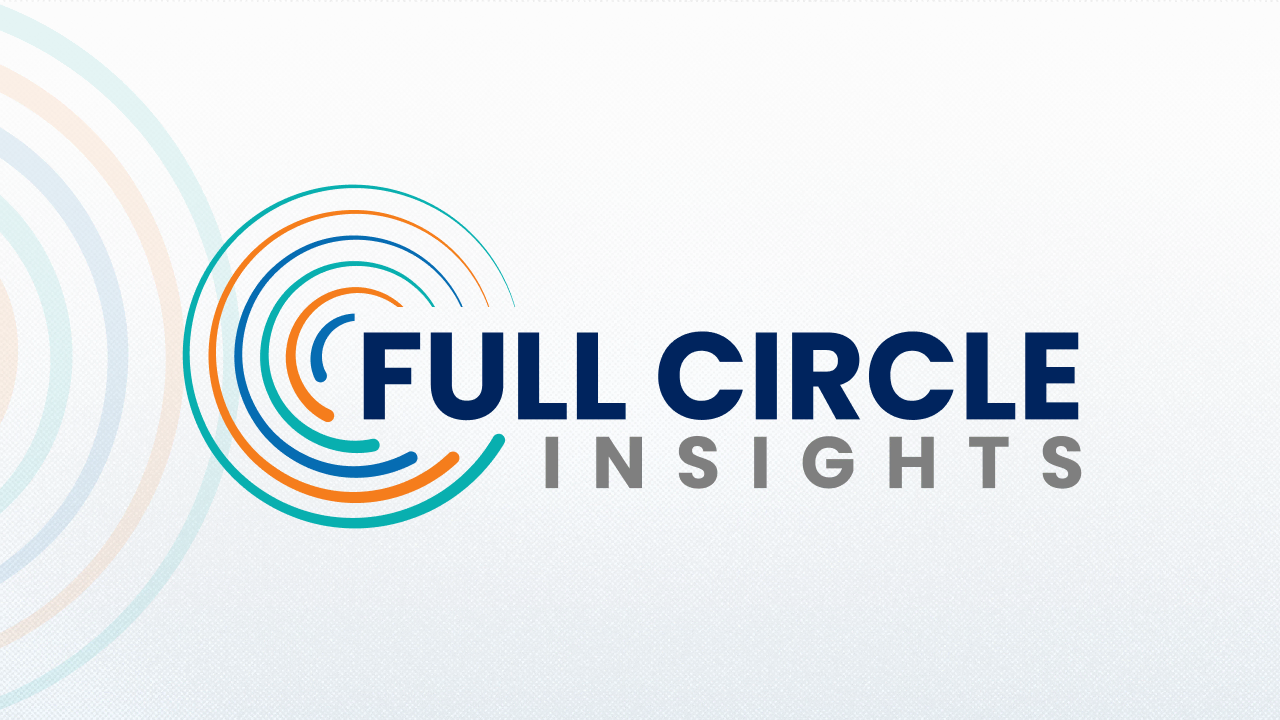AI Funnel Optimization: How to Spot Campaign Waste Before It Happens


Every marketer has faced it: campaigns that look good on paper but quietly drain budget with little to show for it. The issue isn’t the strategy; it’s visibility. That’s where AI funnel optimization comes in. When powered by accurate, CRM-native data, AI can help marketing teams predict which campaigns will underperform before the waste begins.
AI funnel optimization combines predictive analytics, attribution modeling, and funnel measurement to detect inefficiencies early. It identifies where leads are stalling, which audiences aren’t converting, and which channels are overspending for low return.
Done right, it turns funnel data into a proactive system that prevents waste rather than reporting on it after the fact.
Why funnel waste still happens
Even in 2025, most marketing teams still evaluate performance after campaigns have ended. According to a Gartner study, 58% of U.S. consumers felt that companies trying to sell to them did not understand their needs. Gartner noted that this can lead to underperforming campaigns and wasted budgets.
That lag happens because teams depend on fragmented analytics tools that don’t connect to their CRM. Data lives in silos, attribution is inconsistent, and optimization happens too late.
AI funnel optimization changes that timeline. By analyzing funnel data continuously (directly in Salesforce or the CRM), it highlights early warning signs like drop-offs, delayed follow-ups, or abnormally high acquisition costs. Instead of looking backward, marketers can adjust in real time.
Full Circle Insights has long focused on solving that gap. Its Salesforce-native architecture ensures marketing and sales data live in one place, giving AI models clean, contextual inputs. With Full Circle Intelligence, teams can forecast outcomes, predict campaign performance, and measure ROI across the entire funnel using the same metrics sales depend on.
What AI funnel optimization actually does
AI funnel optimization isn’t about automating campaign tweaks. It’s about training models to identify risk before humans would notice it. When implemented inside a closed-loop system like Full Circle’s, AI analyzes both historical and real-time data to answer critical questions:
- Are certain funnel stages consistently leaking leads?
- Which campaigns show early signs of inefficiency based on engagement and velocity?
- What adjustments will generate the highest lift with the lowest cost?
For example, if top-of-funnel leads from paid social are converting slower than usual, AI can flag that pattern within days. It can cross-analyze attribution data to reveal whether those leads come from low-quality segments or poorly timed outreach. Instead of waiting for the quarter to end, marketers can reallocate spend immediately.
McKinsey’s latest research on marketing efficiency supports this approach, finding that companies using AI-powered funnel analytics reduce wasted spend by a mile. That’s not because AI replaces judgment, but because it amplifies it by providing clarity earlier in the cycle.
Predictive insight over reactive analysis
Traditional analytics show what happened. AI funnel optimization predicts what will. The distinction matters because it allows teams to act while performance is still reversible.
Inside Full Circle Intelligence, the AI layer uses funnel measurement and multi-touch attribution models to simulate different campaign outcomes.
For instance, it can predict how small adjustments to budget distribution might impact conversion at each stage of the funnel. It also factors in velocity: the time leads take to move through stages, to surface inefficiencies that manual reporting would miss.
That kind of visibility is impossible when data lives across ad platforms, spreadsheets, and disconnected tools. When everything sits inside Salesforce, AI has full access to lead status, opportunity progression, and historical conversion benchmarks.
This level of integration ensures recommendations are directly tied to your company’s funnel architecture.
The problem with vanity metrics
AI models are only as useful as the metrics they optimize for. If your system prioritizes engagement volume instead of pipeline progression, the AI will surface misleading “wins.” Campaigns with high click-through rates might still generate low-value leads, and the model could interpret them as success signals.
To make AI funnel optimization reliable, the inputs must align with business outcomes. That’s why Full Circle’s AI capabilities focus on metrics like funnel velocity, stage conversion rate, and cost per qualified opportunity rather than raw lead count.
When the model learns from revenue-relevant data, it becomes a genuine forecasting tool rather than a reporting assistant.

Spotting waste before it spreads
Campaign waste rarely starts as an obvious problem. It creeps in when small inefficiencies compound: low-quality leads, lagging follow-ups, mismatched targeting, or redundant campaigns running across regions. AI funnel optimization makes these inefficiencies visible sooner.
For example, predictive funnel analytics might show that mid-funnel opportunities originating from a specific email series take twice as long to close as the average. With that insight, teams can trace the issue to messaging misalignment or segment quality and fix it mid-cycle. Without AI, that insight might surface only after the campaign wraps.
Platforms like Full Circle Insights enhance this process by connecting marketing data directly to revenue outcomes inside Salesforce. Every conversion, opportunity, and engagement is tracked through the same funnel.
AI then learns from that complete dataset to detect anomalies and forecast risk, whether it’s declining conversion at the MQL stage or a sudden spike in lead volume with no velocity.
Building a healthy AI funnel
AI funnel optimization works best when built on clean, structured data. Before layering predictive models, organizations should ensure their funnel stages, lead statuses, and conversion definitions are standardized. Consistency allows the AI to detect meaningful deviations instead of reacting to inconsistent inputs.
It’s also critical to keep human oversight in the loop. AI can highlight inefficiencies, but marketing teams must decide whether they’re operational (like delayed lead routing) or strategic (like audience mismatch).
Full Circle’s approach keeps AI recommendations transparent, so users can see why the system flags a campaign and what data supports the suggestion.
That visibility builds trust and accelerates decision-making. Instead of manual analysis cycles that take weeks, leaders can review funnel predictions and act within hours.
How to move toward proactive optimization
Start by centralizing your funnel data. Every campaign, channel, and lead status should flow into a unified CRM view. That’s the foundation AI needs to learn effectively. Then, implement an AI layer that can forecast outcomes based on your unique funnel metrics.
From there, build an operational rhythm where marketing reviews AI insights weekly, not quarterly. Over time, this turns optimization into a proactive, continuous process rather than an occasional report.
Finally, measure success through real business outcomes: higher conversion, faster velocity, and reduced cost per closed deal. That’s how you ensure your AI funnel isn’t just running but also improving.
Final thoughts
AI funnel optimization gives marketers the foresight to prevent waste instead of cleaning it up later. When connected directly to Salesforce data, it provides a real-time feedback loop between marketing and revenue operations. The result is sharper forecasting, more efficient spend, and campaigns that stay profitable throughout their lifecycle.
Full Circle Insights helps teams make that shift. With AI-powered funnel measurement and attribution built into Salesforce, marketing leaders can detect inefficiencies early, reallocate budgets with confidence, and continuously improve ROI.
If you’re ready to stop reacting to campaign waste and start preventing it, schedule a demo today.